After a long winter, spring has finally sprung so I set off for my latest 24-hour bioblitz challenge, seeking to discover the abundance of wildlife that lurks on my doorstep in Devon. Spring is nature's busiest time as wildlife returns in a flurry of activity after a long winter hibernation, with swallows and sand martins returning following their epic migration across the Sahara. At this time of year nearly all creatures have two items on their agenda: find food and find a mate.
17:00 – Heavenly hedgerows
My journey begins on the magnificent Jurassic Coast cliffs above the picturesque riverside village of Otterton, East Devon. The hedgerows buzz with life as scorpion flies, hoverflies and bumblebees fill the air as they fly from nectar-source to nectar-source to gather the energy they need to work their magic in preparation for summer. The welcome warmth also acts as alarm clock to awaken Queen bees from their winter slumber, which often nest in tussocks or holes in the ground before expanding their brood. I soon find myself lying face first in the grass searching for nests and a bugs-eye view of the action.
In November, the Otter estuary was filled with winter waders, starling murmurations and visitors from cooler climes; jostling for space and tidal treats – but come spring the waters fresher and the gulls nosier.

Entering the bird hide I notice that the nearby reed bed next to the River Otter has transformed from a winter starling roosting site into a haven for breeding waders and water fowl. I watch as a mother duck carefully guide her fluffy chicks across the gurgling river. Adding to the magic are flashes of iridescent swallows darting under the bridge – effortlessly acrobatic and spritely despite the incredible distance under their belts.
18:30 – Wild river swim
With golden-hour fast approaching I head upstream – swimsuit in hand. If I could manage a sea dip at sunset in November, there was no debate about a wild river dip on this gorgeous, unusually balmy spring evening.
I spot water boatmen gearing themselves up for courtship, blackbirds swooping overhead with nest material and several buoyant blue-tits on the branches above. The Otter is especially rich in life, with the pebbled bed and proximity to the estuary acting as a haven for wildlife, including native brown trout, salmon, kingfishers and now a family of Eurasian beavers, thanks to the pioneering re-wilding project by Devon Wildlife Trust. I could easily spend the rest of the evening here – but my clock was ticking and I have an important stop to make before dark.
20:30 – Setting up my camera trap
A new addition to my bioblitz kit is a night camera to help me capture crepuscular and nocturnal activity. I scouted an area of local woodland near Woodbury Common, which I have long suspected to be a fox den. Steering a dense nettle patch and satisfied that it was a sufficiently wild location, I was eager to observe foxes for myself, but with minimal disturbance to their territory.
04:00 – Tuning into the dawn chorus
I was given a tip off from a field officer at Devon Wildlife Trust about the beauty of Halsdon Nature Reserve, a wildlife haven where otters can be spotted. While I didn’t see an otter, the volume and intensity of the dawn chorus did not disappoint. To be alone and surrounded by a cacophony of lively birdsong in a misty ancient woodland on the edge of Dartmoor National Park, made the 3am wake-up worthwhile.
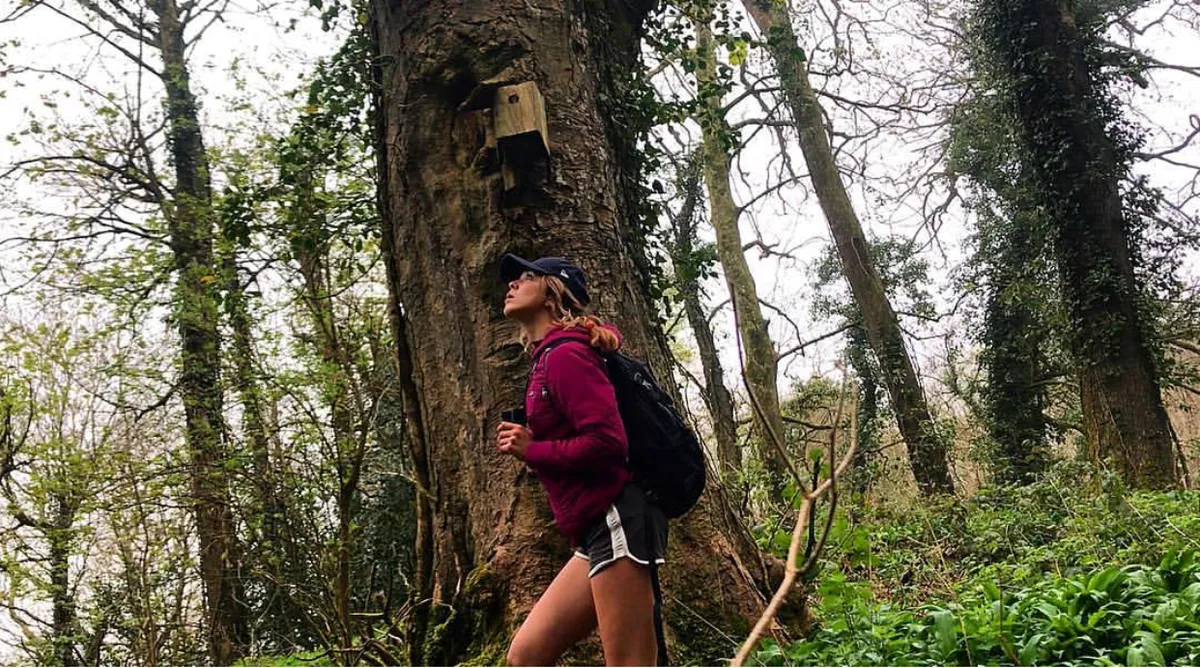
As Halsdon woodlands echoes with song, I detect the sound of woodpecker, likely a great-spotted. Other animals were equally covert; fresh fox tracks and droppings but still no sightings. I am however, overwhelmed by the smell and vibrant colour of wild garlic on the forest floor, occasionally interrupted by the pop of colour from the first bluebells of the season.
09:00 – Quarry wildlife
In the morning sunshine I head to Meeth Quarry, a unique mosaic of habitat that has undergone a remarkable transformation into a vibrant nature reserve. Despite its visible industrial past as an active clay quarry; the recently restored lakes, ponds, woodland and heathland is rich in local wildlife. It’s also one of the most accessible reserves in Devon.
The mixed habitat increases the variety of wildlife and is testament to nature's ability to adapt to environmental change. Within minutes of parking I am greeted by two bullfinches, a rabbit, a long-tailed tit and several fritillaries. I'd also expect to see damselflies and dragonflies getting ready to breed by the ponds soon too.

As seems to be tradition with my bioblitz's, I can't resist a quick hello to my favourite grazers – the Exmoor pony. Working round the clock keeping the invasive shrubs at bay and promoting the growth of the native plants, they are a vital addition to this fantastic landscape.
11:00 – Riverside butterflies
Leaving the sweeping moorland views behind I venture to a different river towards the western fringes of Dartmoor. Rivers are a key theme this time as it’s where much of spring's touch is most visible and vibrant.
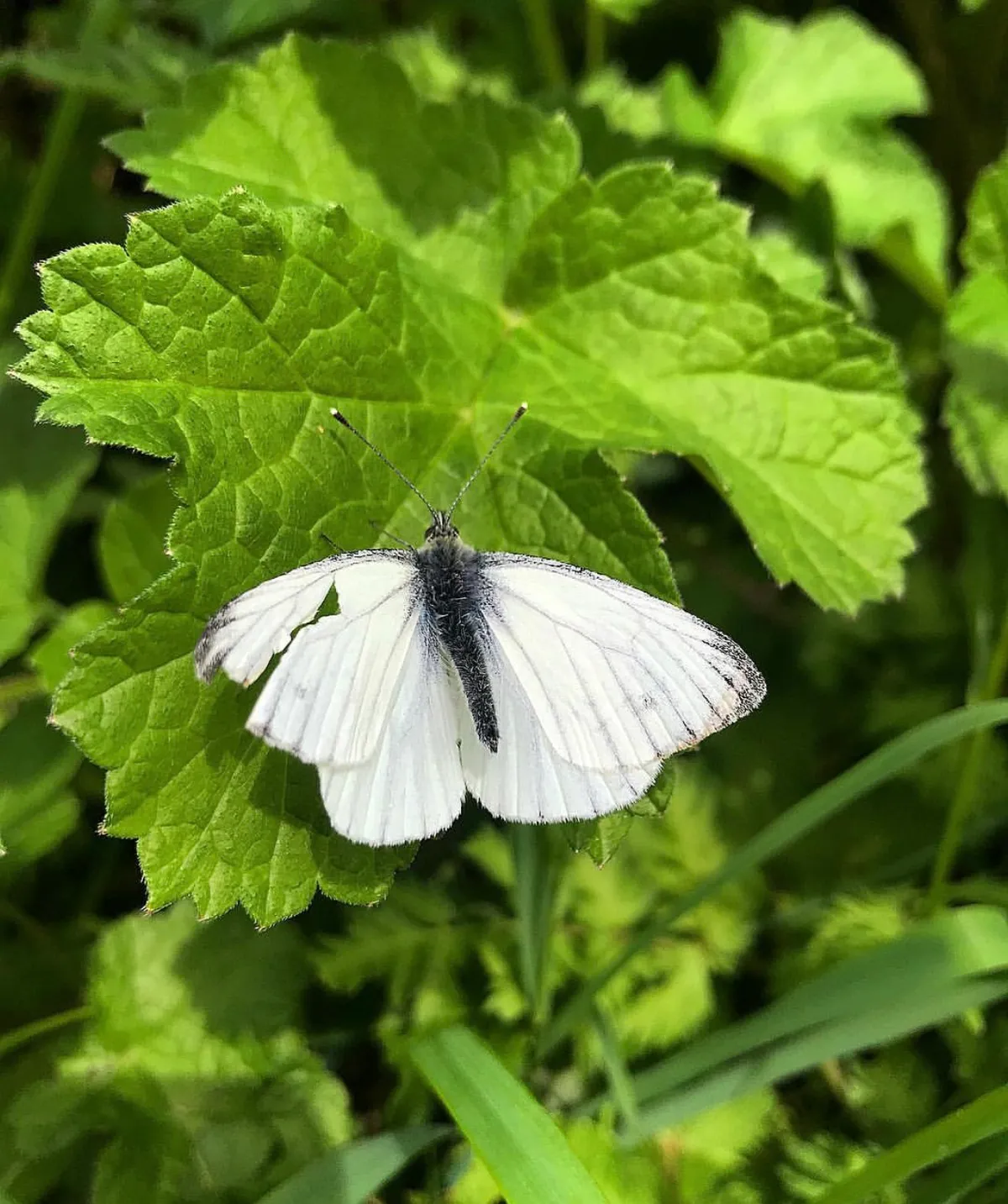
As one of Devon Wildlife Trust's best-loved reserves and a truly 'wild' spot, I had to see what was in store at Dunsford Woods. The beautiful River Teign chatters as it descends off the windswept moors into an ancient deciduous woodland. Famed for its swathes of daffodils and then bluebells, I'm here in the interim of this spectacular floral transition.
Dunsford is teeming with birdsong and butterflies, and it was wonderful to see so many walkers and dog walkers stopping to admire this colourful environment. I am once again teased by woodpeckers and am tempted to stay longer to wait for kingfishers and tawny owls at dusk.
15:00 – Wildlife in the city
Whilst I have made a point of visiting the reserves around Devon that are managed to promote wildlife, I'm curious to explore what wildlife lingers in everyday landscapes, across farmed land and especially in the city. Following suit from my winter challenge, I again swap car for bike and nip into Devon's capital of Exeter to see if I can add to my species list amongst the sun seekers.
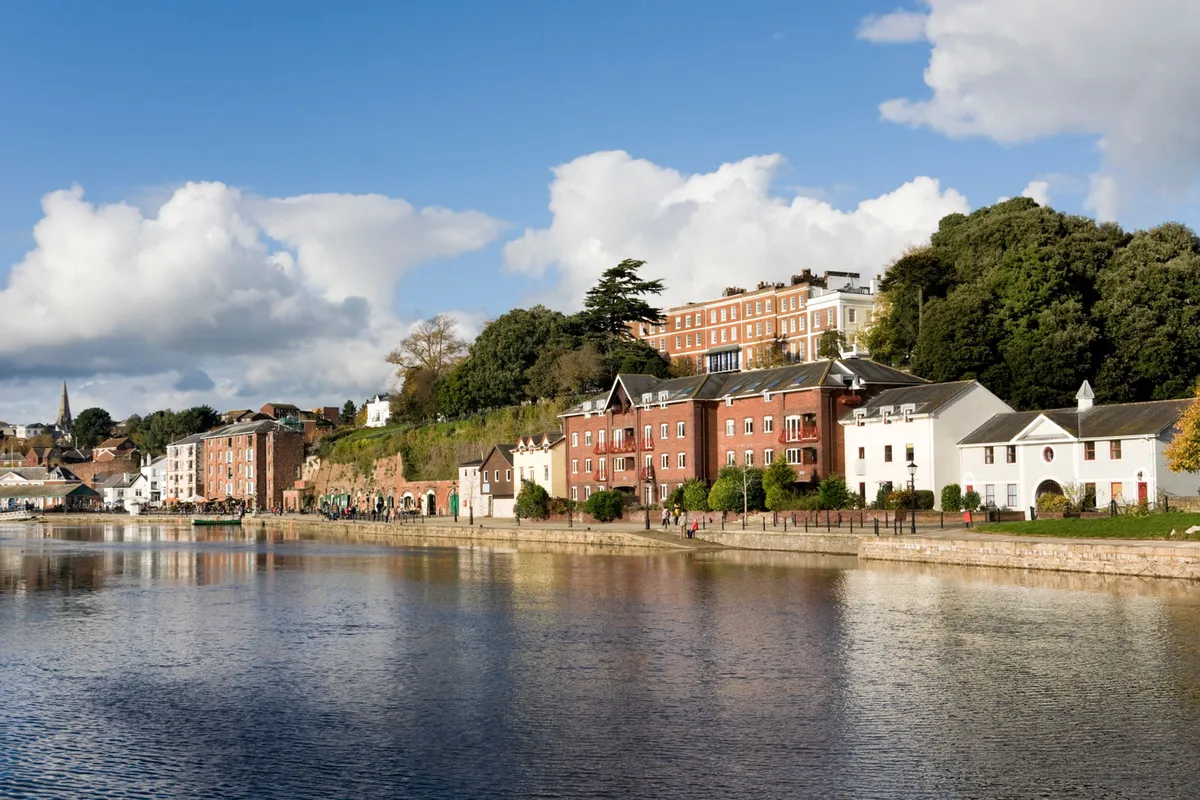
Just off the path there are people gathering around a cordoned-off area beside Exeter's Shipping Canal. A mother mute swan is tenderly tucking in seven huge eggs, seemingly oblivious to the group of screens and lenses in front of her. As a zoologist and total nature nut, this is beyond exciting to be allowed into such an intimate maternal moment, yet my heart breaks when I notice the array of plastic bags and cutlery entwined in her nest.
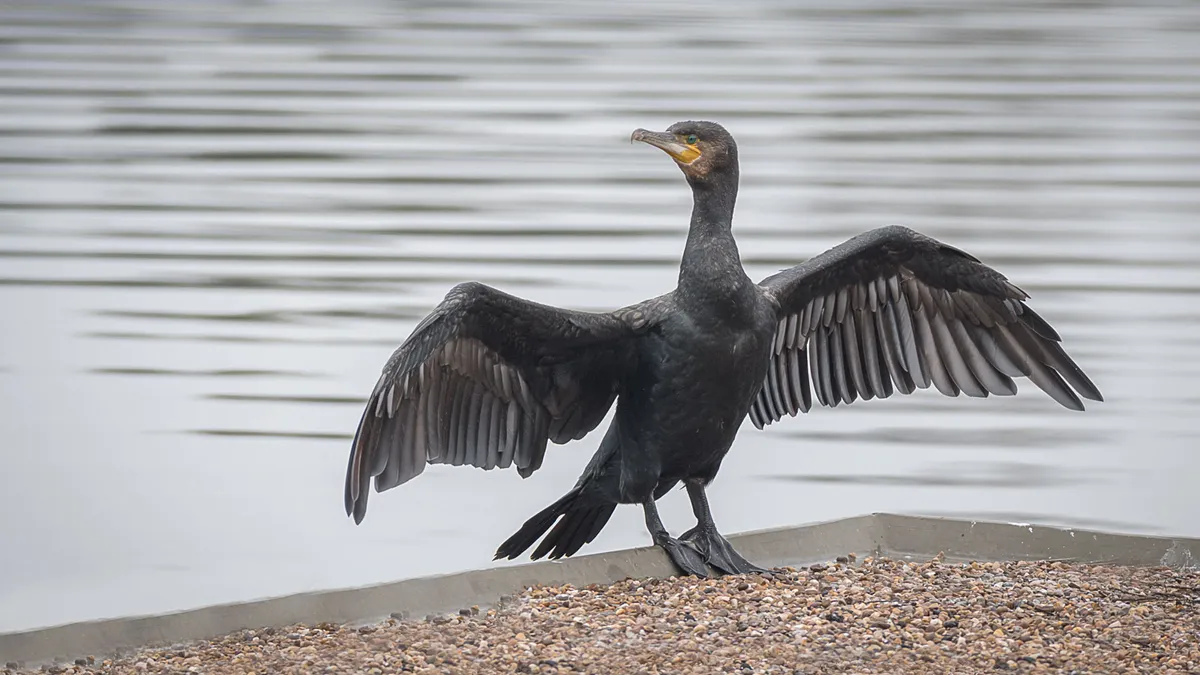
Further down the cycle trail I spot a magnificent male cormorant majestically spreading his wings in the sun to dry after a dive. To see one of our largest seabirds at home and healthy in the city centre is an uplifting reminder that urban living can still provide interesting wildlife encounters. Exeter Quay boasts a whole host of life, with Devon Wildlife Trust's HQ Cricklepit Mill being an urban hotspot for local biodiversity.
17:00 – Golden-hour on the coast
Mirroring my winter adventure, I head back to my favourite section of the Jurassic coast on Budleigh Salterton beach for the final hour of my challenge. No swims this time, but a peaceful time spent watching shags and cormorants speeding along the rocky shore on foraging trips. The golden light at this hour bounces beautifully off of the chestnut strip of the common shelduck in the intertidal zone and makes for an altogether rather dreamy situation!
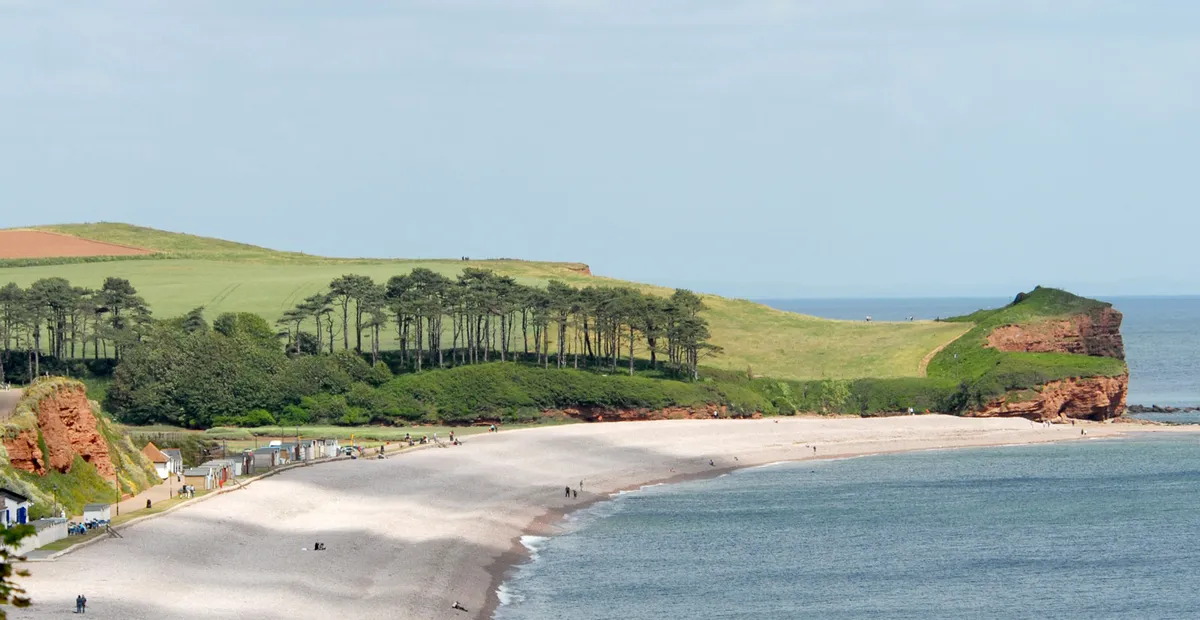
I have one final stop for today – to collect my camera trap and see what went on last night. I was delighted to find that my efforts were rewarded as the film shows a young male fox at dawn, followed by a rather frisky looking pair of pheasants.
Time's Up!
With my bioblitz over it was time to head home, however as continue these challenges, I’m reminded how little effort it takes to reap big rewards when it comes to just getting outside and appreciating the value of re-visiting familiar areas. All it takes is time, a bit of patience and a keen eye. We have been given the gift of light at the end of the work day now – so throw on your boots, grab a flask and enjoy an evening adventure this spring and summer.
Watch Sophie's bioblitz adventure
Main image: Jurassic Coast estuary pebble beach, Budleigh, Devon/Credit: Getty
